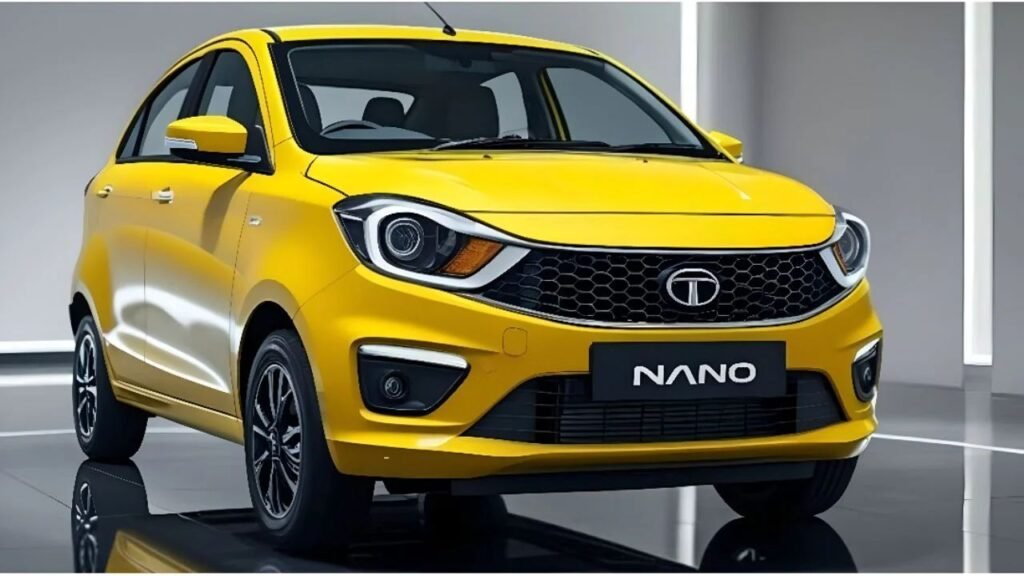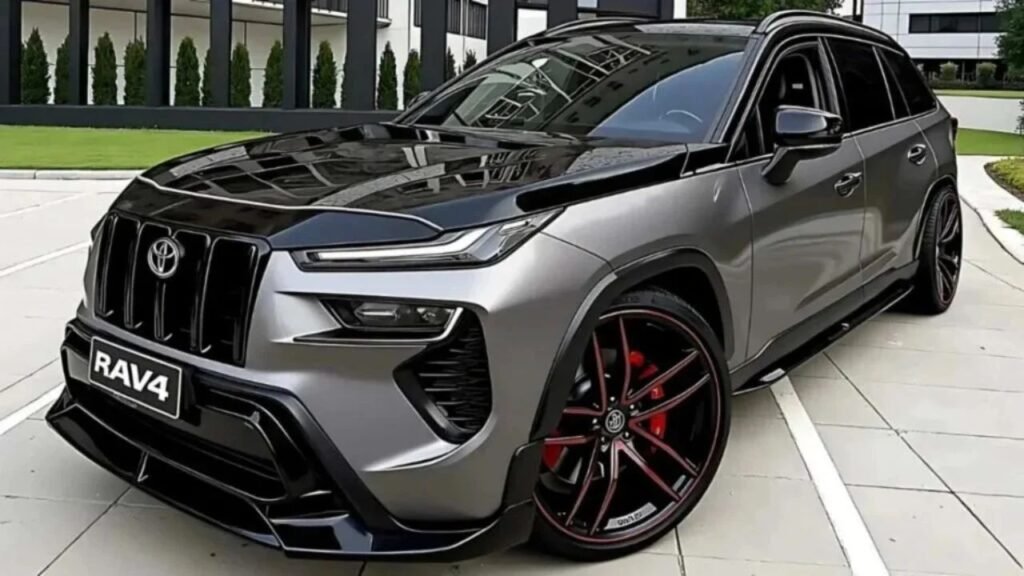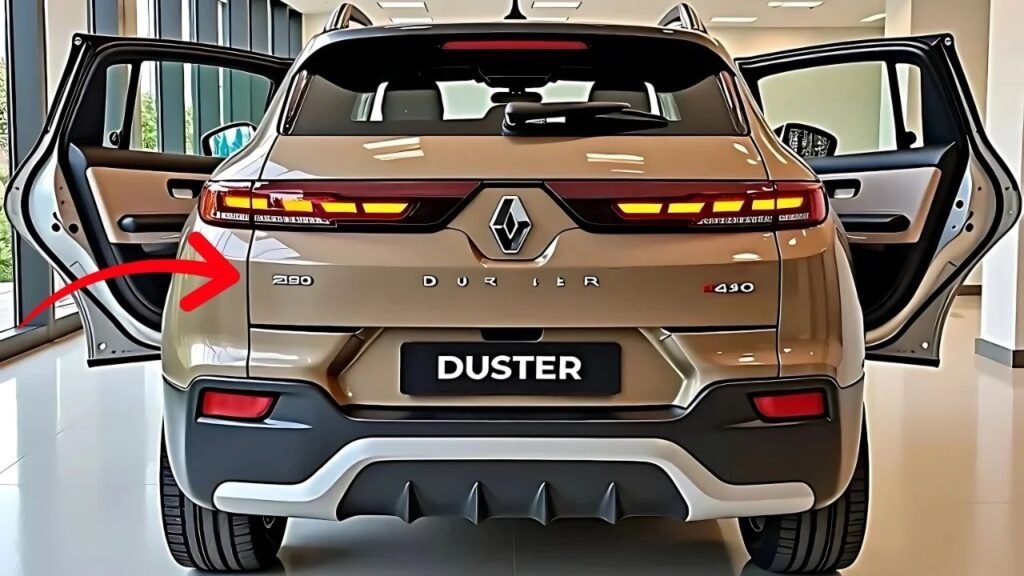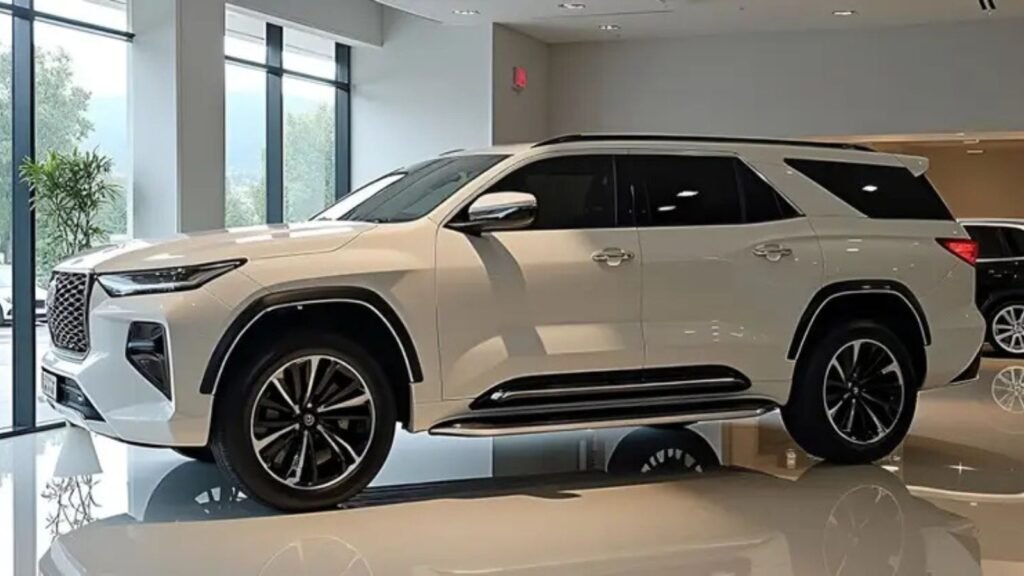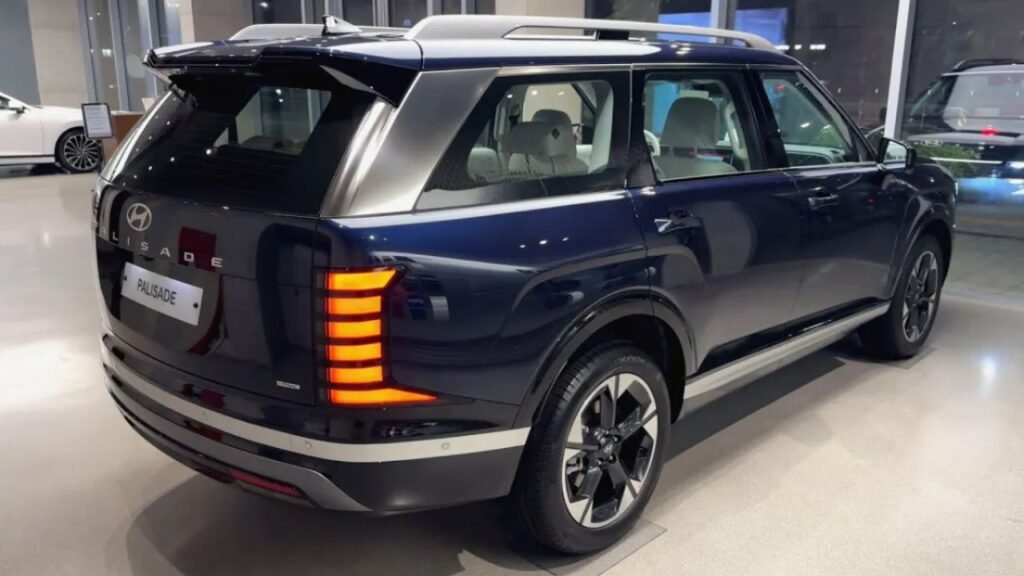The Indian car market has always been one of contrasts. On the one hand, it caters to luxury-seeking buyers who want premium SUVs and sedans loaded with the latest gadgets. On the other, it must address the needs of millions of families and first-time buyers who want a car that is simple, affordable, and practical. Few cars have ever embodied that second philosophy as strongly as the Tata Nano, which originally made waves for being the world’s cheapest car. Now, Tata Motors is bringing that idea back in a new avatar with the Tata Nano 2025.
With a claimed mileage of 46 kmpl and a starting price tag of just ₹1.35 lakh, the Tata Nano 2025 aims to revive the dream of personal four-wheeled mobility for India’s masses. It is positioned as the world’s most affordable four-seater car that doesn’t compromise on basic practicality. This relaunch is not about luxury or premium add-ons—it’s about giving students, first-time buyers, and budget-conscious families a reliable and economical way to upgrade from two-wheelers.
If Tata can deliver on its promises of efficiency, durability, and ease of ownership, the Tata Nano 2025 could very well reclaim its spot as the people’s car—just as it was envisioned years ago. Let’s take a closer look at what this new iteration brings to the table.
Design and Build: Compact but Functional
The Tata Nano 2025 stays true to its roots as a compact, city-friendly car. Its footprint is ultra-compact, which makes it a dream to drive in India’s notoriously congested lanes and chaotic parking spaces. With a tight turning radius, it is easy to maneuver even in crowded markets and narrow alleys where bigger cars struggle.
That being said, the design has been modernized to appeal to today’s buyers. The front fascia has been refreshed with a cleaner, more contemporary look. Headlamps are sharper, the bumper design is tidier, and the overall stance feels less toy-like than the first Nano. Subtle chrome accents and redesigned light clusters give it a hint of sophistication without adding unnecessary cost.
From the side, the car maintains its tall-boy silhouette. This shape not only helps with cabin space but also makes ingress and egress easier, especially for older passengers. The wheels are small but proportional to the car’s dimensions, ensuring a stable stance while keeping costs in check. Short overhangs further aid maneuverability.
Inside, Tata has chosen practicality over flash. The cabin has been laid out with space efficiency in mind. Four adults can fit comfortably for city drives, thanks to the upright seating and tall roofline. The dashboard is straightforward, with easy-to-reach controls and durable plastics that can withstand daily wear and tear. Upholstery is simple yet usable, featuring easy-to-clean fabrics that suit Indian conditions.
Boot space, while modest, is sufficient for groceries or small luggage. Tata has focused on making the Nano 2025 feel solid and functional, even if it doesn’t come across as luxurious.
Performance and Driving Experience: Easy and Predictable
The Tata Nano 2025 was never meant to be a performance car, and Tata knows its audience well. The new Nano is designed for predictable, stress-free driving in cities rather than speed thrills on highways.
The compact powertrain provides peppy low-end torque, allowing quick getaways from traffic signals and safe overtakes in crowded city streets. Acceleration is modest, but more than adequate for what the car is built for—daily commuting, short trips, and occasional weekend drives.
One of the Nano’s strongest points is how easy it is to drive, especially for beginners. The steering is light, responsive, and predictable, making it perfect for learners and those upgrading from two-wheelers. The clutch action is smooth, and gear shifts are straightforward.
Suspension tuning favors comfort at lower speeds. Potholes, speed breakers, and uneven surfaces are absorbed reasonably well for a car of this size and price. Even with four passengers onboard, the ride remains stable and controlled, with body roll kept in check. For first-time car owners, this sense of security and predictability is far more important than sporty handling.
Features and Technology: Practical and Essential
The Tata Nano 2025 keeps its features list relevant but restrained. The philosophy here is simple: include what matters, skip what doesn’t.
Higher trims are expected to feature a basic touchscreen infotainment unit, offering smartphone connectivity and even entry-level telematics. USB charging ports, remote locking, and simple climate controls make everyday life more convenient. Rear parking sensors are available to help new drivers park confidently in tight urban spaces.
On the safety front, Tata has not cut corners. The Nano 2025 includes dual airbags, ABS with EBD, and a reinforced passenger cell to meet modern safety norms. While it won’t score as high as premium sedans in global crash tests, it is equipped well enough for its category.
Overall, the feature set strikes a balance between keeping costs low and giving buyers the conveniences they now expect, even in the most affordable segment.
Engine and Mileage: The 46 kmpl Promise
Mileage is the headline feature of the Tata Nano 2025. With a claimed 46 kmpl, it is positioned as one of the most fuel-efficient cars on the planet. This remarkable figure comes from a combination of a lightweight body, a small but fuel-optimized engine, and conservative gearing.
While official details of the displacement are awaited, early reports suggest that Tata has retained a small petrol motor, fine-tuned for efficiency rather than outright power. This motor, paired with simple transmission choices, is designed to stretch every drop of fuel as far as possible.
Real-world mileage will vary depending on conditions, but buyers can reasonably expect around 40–42 kmpl in mixed traffic—still miles ahead of most cars in the Indian market. On highways, with steady driving, the Nano may even exceed its claimed efficiency.
Crucially, the Nano 2025 does not require hybrid or EV charging infrastructure. It remains a straightforward petrol car with low maintenance costs. Tata has kept the engine layout simple, with easy-to-service components and inexpensive spare parts. Combined with Tata’s vast service network, this ensures long-term affordability and dependability.
EMI Breakdown and Affordability
At an introductory price of ₹1.35 lakh, the Tata Nano 2025 is easily the most affordable four-seater car in India. Tata’s financing partners are expected to roll out low-entry EMI plans designed to attract students, first-time buyers, and two-wheeler owners making the leap to four wheels.
Typical EMI schemes will allow buyers to make a small down payment, followed by manageable monthly installments spread across 2 to 5 years. Shorter loan tenures mean higher EMIs but less total interest paid, while longer tenures make monthly payments lighter on the pocket but increase overall cost.
For budget-conscious buyers, Tata dealers may also offer exchange bonuses, subsidized interest rates, or bundled insurance packages, making ownership even easier.
At this price point, the Nano is not just affordable—it’s practically revolutionary. For the cost of a high-end motorcycle, buyers can now access the safety, comfort, and practicality of a four-wheeler.
Who Should Buy the Tata Nano 2025?
The Tata Nano 2025 is designed with a very specific audience in mind:
- First-time car buyers who want the security of a four-wheeler at the lowest possible cost.
- Students and young professionals looking for a compact, fuel-efficient car for city commutes.
- Families upgrading from two-wheelers, who need space for four people and groceries at an affordable price.
- Elderly buyers who want a simple, no-fuss car that’s easy to drive and maintain.
- Cost-conscious commuters who prioritize mileage and low running costs above everything else.
In essence, the Nano 2025 is not for those chasing performance, luxury, or premium features. It is for people who need an honest, affordable, and practical daily car.
Final Verdict: The People’s Car, Reborn
The Tata Nano 2025 is more than just a car—it’s a statement. It proves that personal mobility does not have to be expensive or complicated. With a jaw-dropping ₹1.35 lakh starting price and an eye-popping 46 kmpl claim, Tata has shown that it is still committed to building cars that empower the masses.
By keeping things simple, practical, and reliable, the Nano 2025 offers what Indian buyers in this segment value the most: economy, convenience, and peace of mind. If Tata can back up its claims with real-world performance and a solid after-sales experience, the Nano could once again become the go-to choice for millions of first-time buyers.
In a market increasingly obsessed with SUVs, electrification, and luxury add-ons, the Nano 2025 reminds us of something very important—that mobility is a right, not just a privilege. And that sometimes, the simplest solutions are the most powerful.
Some Important Link
| Download News APP | Click Here |
| WhatsApp Group | Click Here |
| Home Page | Click Here |
